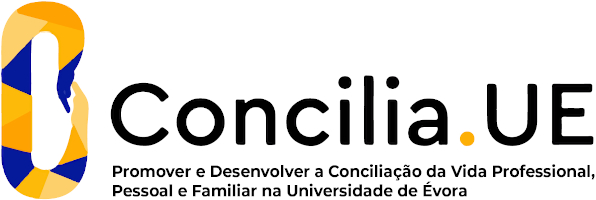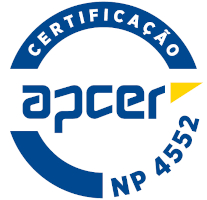2024
Mechanics of Materials
Name: Mechanics of Materials
Code: EME13094L
6 ECTS
Duration: 15 weeks/156 hours
Scientific Area:
Mechanical Engineering
Teaching languages: Portuguese
Languages of tutoring support: Portuguese, English
Regime de Frequência: Presencial
Sustainable Development Goals
Learning Goals
In terms of prerequisites, students should have knowledge of Applied Mechanics, Mathematical Analysis and Linear Algebra.
The objective of this course is to provide students with knowledge of:
Classical Mechanics of Solids
One-dimensional problems
Resultant Diagrams
Plane and three-dimensional bending
Torsion and combination of forces
Notions of circular plate bending
The student should be able to solve, in a balanced and rational way, problems of mechanics of materials.
It should be able to consult bibliography in an organized way and identify a-priori the subject so that it can solve problems of greater complexity.
The objective of this course is to provide students with knowledge of:
Classical Mechanics of Solids
One-dimensional problems
Resultant Diagrams
Plane and three-dimensional bending
Torsion and combination of forces
Notions of circular plate bending
The student should be able to solve, in a balanced and rational way, problems of mechanics of materials.
It should be able to consult bibliography in an organized way and identify a-priori the subject so that it can solve problems of greater complexity.
Contents
1) Strain tensor, compatibility equations.
2) Stress tensor, equilibrium equations, Cauchy's lemma.
3) Generalized Hooke's Law.
4) Longitudinally loaded members.
5) Bending: normal stresses and shear stresses. Displacement equation. Integration methods.
6) Torsion of circular sections, torsion of open and closed thin-walled profiles.
7) Introduction to the Kirchhoff-Love theory applied to circular plates.
8) Structural stability. Introduction to Euler's Theory.
9) Energy theorems.
2) Stress tensor, equilibrium equations, Cauchy's lemma.
3) Generalized Hooke's Law.
4) Longitudinally loaded members.
5) Bending: normal stresses and shear stresses. Displacement equation. Integration methods.
6) Torsion of circular sections, torsion of open and closed thin-walled profiles.
7) Introduction to the Kirchhoff-Love theory applied to circular plates.
8) Structural stability. Introduction to Euler's Theory.
9) Energy theorems.
Teaching Methods
Theoretical classes using Powerpoints, Videos and Quizes.
Practical classes that include summaries and exercises.
Invitations to students to work out key parts of the exercises on the board.
Clear separation of definitions, general principles and constitutive laws.
Presentations by invited experts.
Practical classes that include summaries and exercises.
Invitations to students to work out key parts of the exercises on the board.
Clear separation of definitions, general principles and constitutive laws.
Presentations by invited experts.
Assessment
NF1 First Test
NF2 Second Test
NT Assignment with a report
EG Global Exam
ER Final Exam
Final mark: N=Max(OR(0.4*(NF1+NF2)+0.2*NT,EG),ER).
Minimum marks:
NF1, NF2 and NT: 8.0/20.0
EG, ER: 9.5/20.0
NF2 Second Test
NT Assignment with a report
EG Global Exam
ER Final Exam
Final mark: N=Max(OR(0.4*(NF1+NF2)+0.2*NT,EG),ER).
Minimum marks:
NF1, NF2 and NT: 8.0/20.0
EG, ER: 9.5/20.0
Teaching Staff
- António Rui de Oliveira Santos Silva Melro [responsible]





















